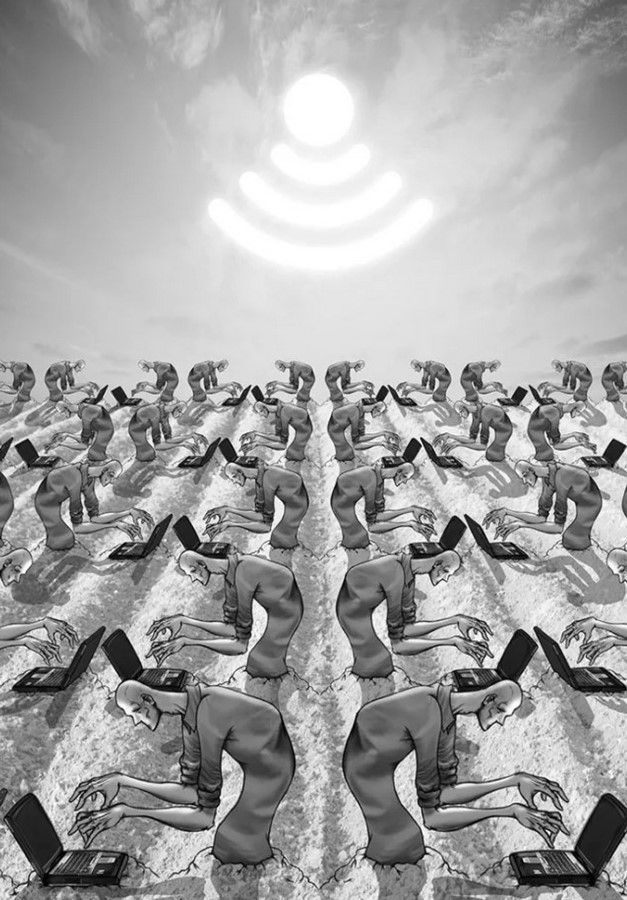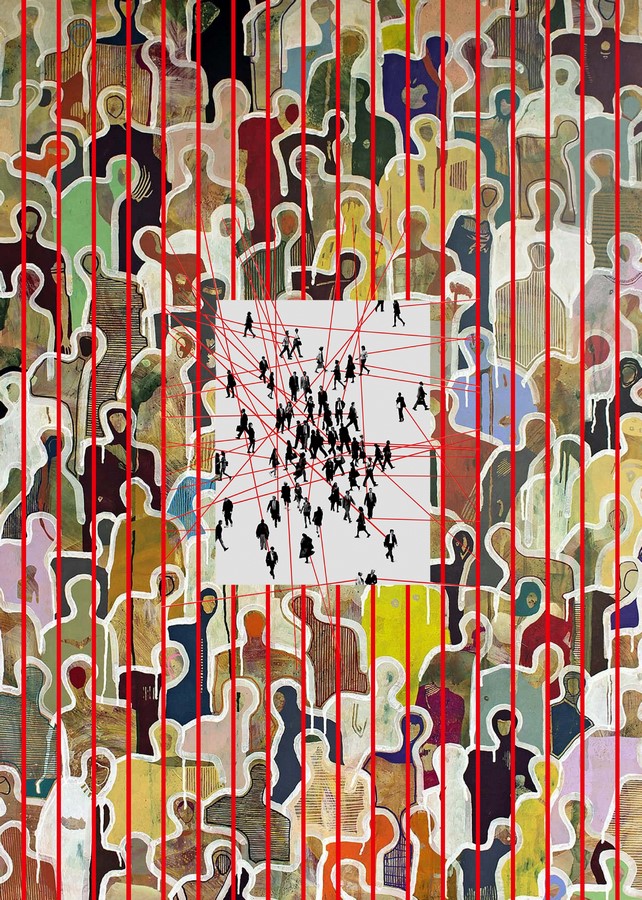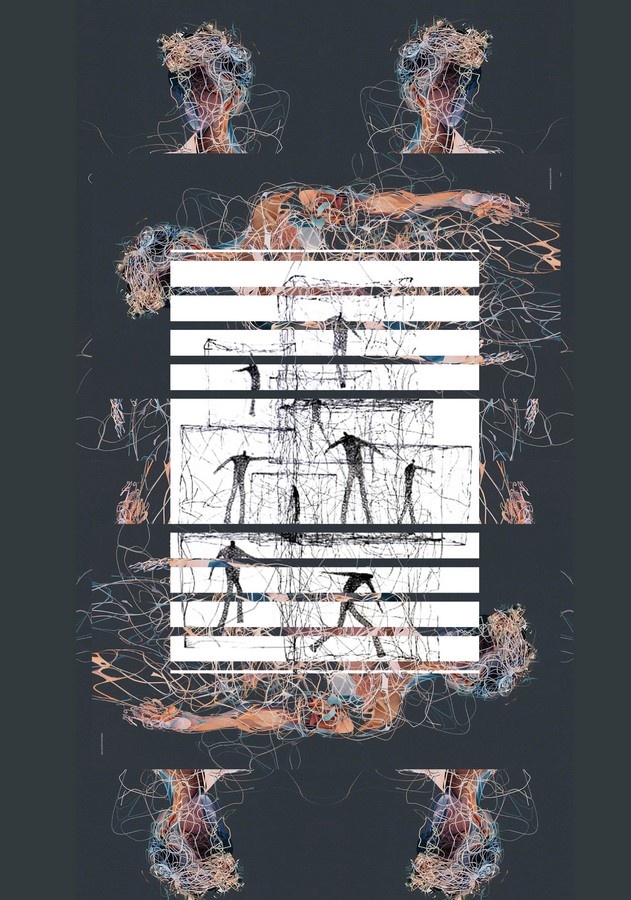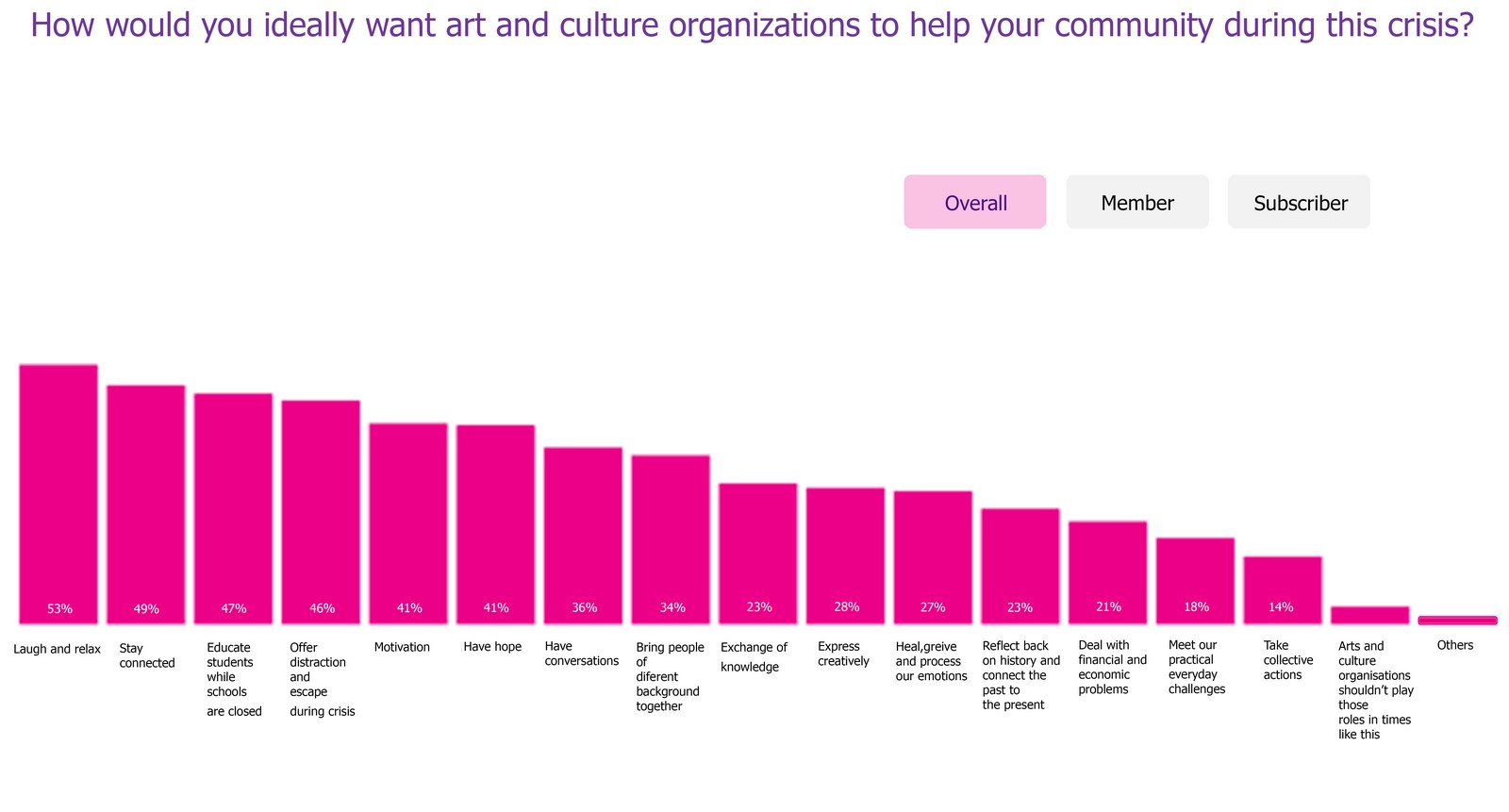In today’s world, where society is alienated from itself, all of us are lost in performing our conventional roles. Currently, we spend most of our time in two spaces- the home, and the workplace. There is no intermediate space where we can pause for a moment. A space for happily anticipated gatherings and creative expression. A space for our mind, body, and spirit that allows us to express ourselves and helps us rediscover our own identity. A space that is a neutral ground, free from social bias for people with shared interests to come together and practice. These spaces act as agents of social change.

A universal language
“Art is humanity’s most essential, most universal language. It is not a frill, but a necessary part of communication.’
Art and Architecture is the most profound expression of a culture.
In the coming decade, humanity will face the challenge of finding a way to live together in a world community. As citizens of a shared society, and with the idea that we are all different, we need to respect, honor, appreciate, and embrace art, architecture, and culture. Artists, intentionally or unintentionally, create art to communicate at a deeply emotional level with people within their respective cultures. In its best forms, art reaches beyond its cultural matrix and speaks directly to our common humanity.
Globalization has already made cultural and economic isolationism improbable, even if it were desirable. Nevertheless, promoting multicultural understanding vigorously is perhaps the most effective thing that can be done. A universal language, such as art, is such a wonderful means of understanding different cultures, histories, and values. As human beings, we construct virtual bridges into unfamiliar cultural landscapes, and we learn, share dreams, and collaborate creatively. In a truly global society, mankind will recognize itself as an integral part of a rich and vibrant community.
How do art and architecture create social change?
Art is a medium to understand spaces. It plays a big role in community building. It is a form of human expression and creativity. Art in its most expansive definition contains all forms of creative expression. Creativity can be seen as one of the most potent forces in the world and in our lives. It is creativity that points us to new paths, new ways of seeing and solving, and which offers us inspiration from both the inside and the outside. Creative expression is rooted in the capacity for observation, discovery, imagination, and courage. It wakes us up, challenges us, and enriches all of life. Those who dive deeply into a commitment to creative expression make their whole lives a canvas or a blank page onto which their hearts are poured…and our world is made better because of it. Grateful living contains and advances creativity at its core. It asks us to drop into stillness and to see what we see with new eyes. It asks us to identify opportunities where, at first glance, none exist. The creative expression usually engages your physical body in some way, opening the potential for a deeper mind-body connection.
The community develops for itself a medium for self-expression and interpretation. art either manifests, articulates, or reconfigures the style of a culture from within the world of that culture. In this sense, art is capable of revealing someone else’s world and producing a shared understanding. – Martin Heidegger

- Art is an expression of individuality.
- Art engages humans with ideas
- All art has a purpose, be it for recreation, entertainment, or social justice.
- It tells the story of people, places and experiences
- Art can influence the mind and perception in a positive way
- Envision a reality that does not exist yet could or should exist
- Art preserves optimism
- Inspire us to reflect on our inner selves
- Exposes what lies beneath the surface
- Creates a voice for the voiceless
- Highlights areas of divergence and issues.
- Connects, engages, and understands
- The human spirit is an integral part of our being
- An expression for something that can’t be rationally explained.
- Transforms tragedy into opportunity
ART and IDENTITY
What is identity?
Identity is everything about you
A person’s identity can be simultaneously created and preserved through art.
The way we perceive and express ourselves is how we identify ourselves, and each of us expresses, explores, and questions our identity through our work.
How does art help you find your identity?

Who am I?
How does art express identity?
A person can display their feelings, and emotions through art, analyze and explain the
significance of the art, and evaluate this art form by analyzing a work of art with supporting examples and reasoning.
A work of art allows the viewer to gain insight into an individual based on their identity. For artists who are inspired by their identities, the work becomes a place for exploration, expression, and connection. In modern art, identity is such a vital subject. It can be used to celebrate a person’s identity, or it can be used to express and teach others what life can be like from a different perspective.
It intrigues me that by looking at a piece of art, or a picture, we can gain so much insight into another’s daily life. We all express ourselves, whether we realize it or not.
Sharing our identities is important to creating meaningful work. In the way we present our artwork, our personality shines through, enabling viewers to understand us and establishing our identity among them.
Collective Identity-
Who are we?
A work of art does not only exemplify the artist’s identity but also that of the entire community that shares the artist’s everyday experiences. In this way, people within the community can view the work of art and identify with it as their own experience is reflected on the canvas, lyrics, etc.
The word art is therefore a double-barreled phrase. It is a creation of an artist and a creation of the artist. In addition to providing a platform for the creation of art within a community, art also helps to forge a shared identity, as members of the community see themselves reflected in the work.
The creative act itself, along with its expression as a work of art, is the artist’s personal development. When we look at art as having a dual purpose, it simultaneously creates and preserves both the individual artist’s identity as well as the community’s identity.
Artists, through their art, create and preserve their identity and communities’ identity. One such example is folk music. Although folk music can take many forms, it is generally understood as the music of the people. Bluegrass, blues, gospel, and Negro spirituals – all of these are types of folk music that come from the everyday experiences of their respective communities.
Art represents and transforms the artist’s everyday experience, and he can therefore look at his work and identify with it, and he can. discover who he is reflected in it. A creator is most intimately connected to his work.
The collective individuality of every culture leaves its indelible mark on its art, just as the individuality of its creator leaves its indelible imprint on a work of art.
What role does architecture play in making these spaces an opportunity for them to present and engage with society within and outside?
Architecture for people that is inclusive of creativity and curiosity which brings people together and engages with society. The potential of such spaces to become an opportunity for society to explore their own identity and how these stitch communities together and reconnect with who we are and with the world outside on more profound levels.
When spaces that offer means and facilities for expressing creativity are not publicly shared, they become the objects of private ownership and consumption and hence these spaces can become expensive. Architecture for people to gather easily, inexpensively, regularly, and pleasurably. Most needed are those spaces that lend a public balance to the increased privatization of home life. The space is remarkably similar to a good home in the psychological comfort and support that it extends. They are the heart of a community’s social vitality, the grassroots of democracy. These spaces are “anchors” of community life and facilitate and foster broader, more creative interaction.
Social Spaces: How Arts Organizations Build Community
Arts organizations play important roles in their communities beyond providing access to art itself. Arts organizations are also valued venues for human connection. “Interacting with others” as a draw for cultural participation, Culture, and Community in a Time of Crisis, revealed a desire for cultural organizations to help communities “stay connected” during this time. foster connections through art, but also nurture communities beyond the art.
Spaces that are not just glorified vestibules between the art and the outside world, but spaces where people can also stay, connect, unwind, and engage.
how art organizations continue to serve communities who want to engage from a distance by designing spaces that make way for the connection and community people crave from the arts.

- Hospers, j. (2010). Philosophy of art. Retrieved from https://www.britannica.com/
- Ingrid maria pohl, I. L. (2012). Engaging the sense of touch in interactive architecture. Retrieved from https://www.researchgate.net/
- John, d. (1934). Dewey john, art as experience.
- Kamali nader, j. M. (2011). The relationship between art and psycholog. Retrieved from https:// www.science-line.com/
- Kasprowicz, m. (2020, nov 17). Third place theory and virtual platforms: how arts organizations might build community online. Retrieved from https://amt-lab.org/
- Khemji, a. (2018, jan 15). Why art has the power to change the world. Retrieved from medium: https://medium.com/
- Ömür barkul, a. A. (2006). Creative thinking in architectural design.
- Sadler, s. (1998). The situationist city. United states of: first mit press paperback edition.
- Seth, s. (2021, nov 25). The identity of our culture. Retrieved from mumbai mirror: https:// mumbaimirror.indiatimes.com















